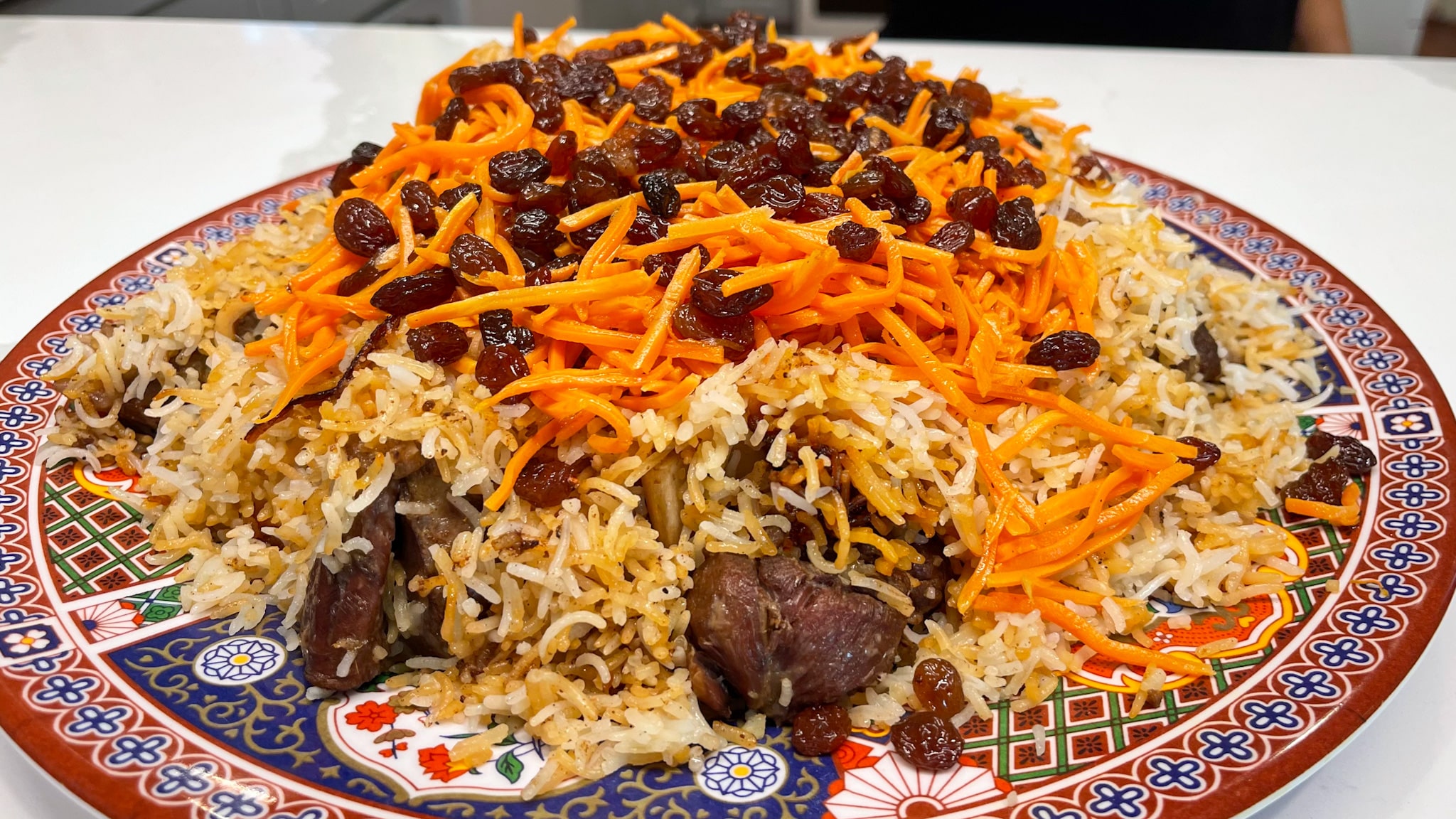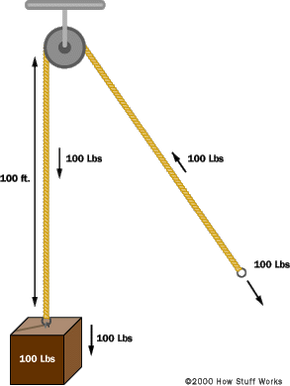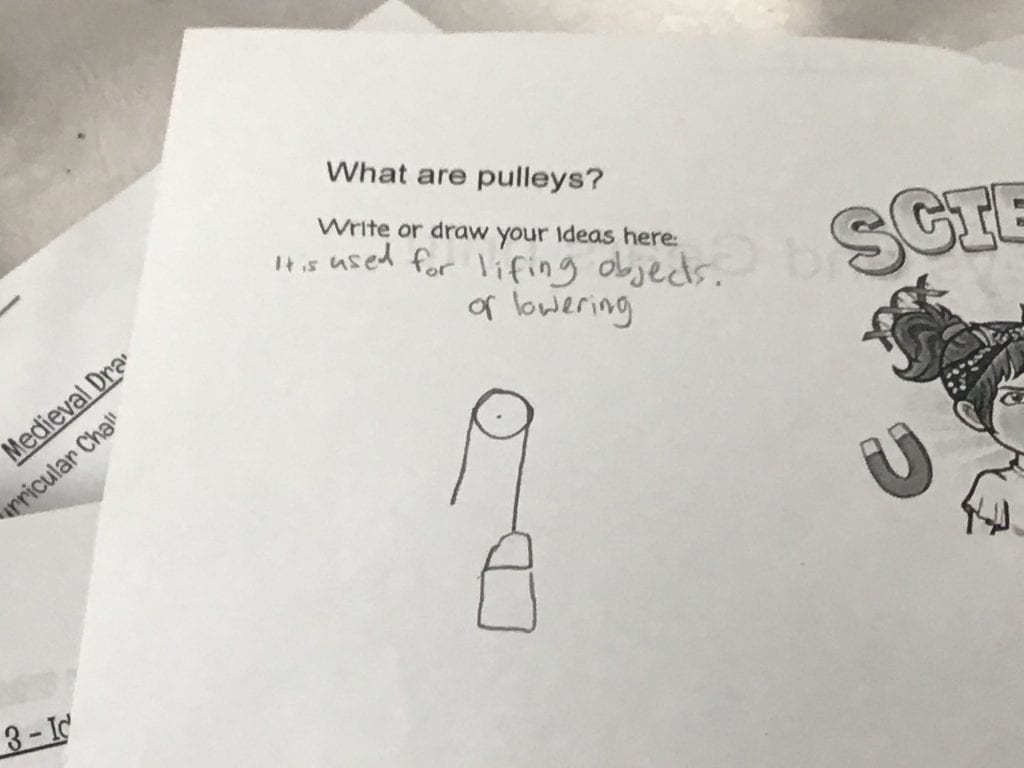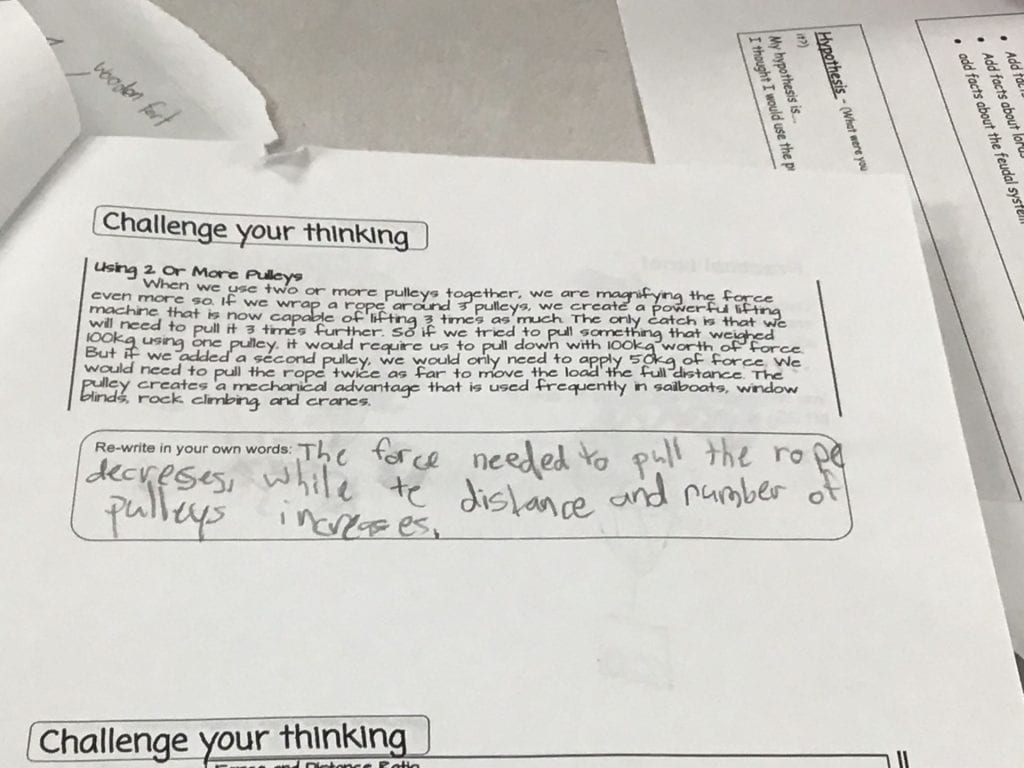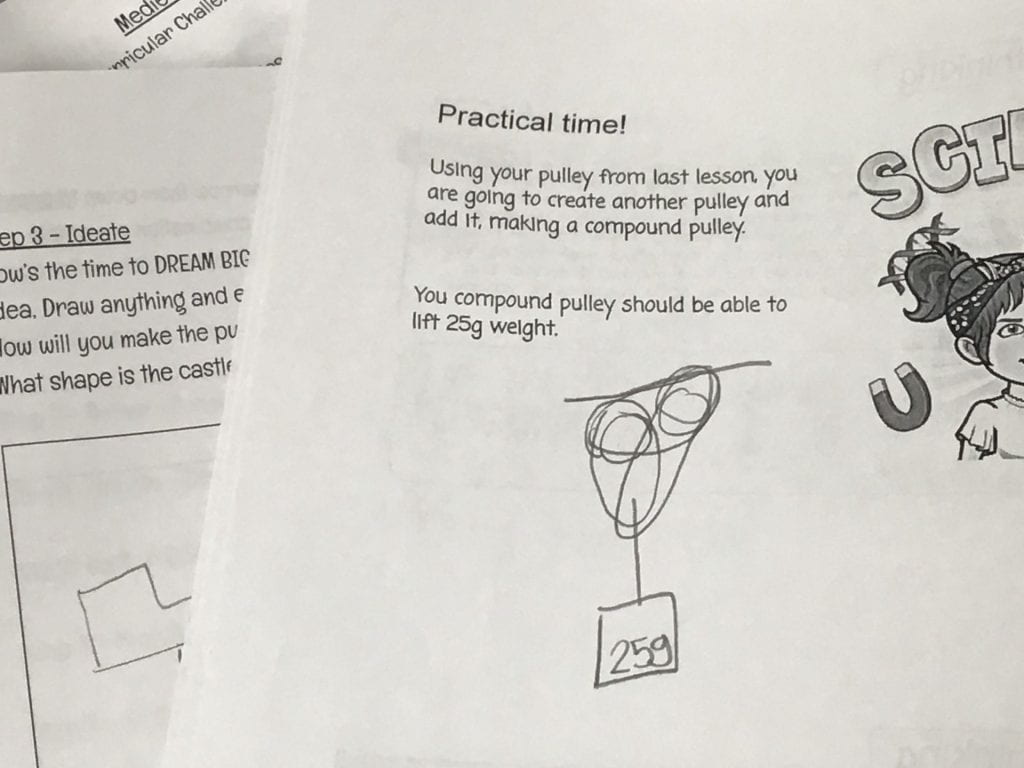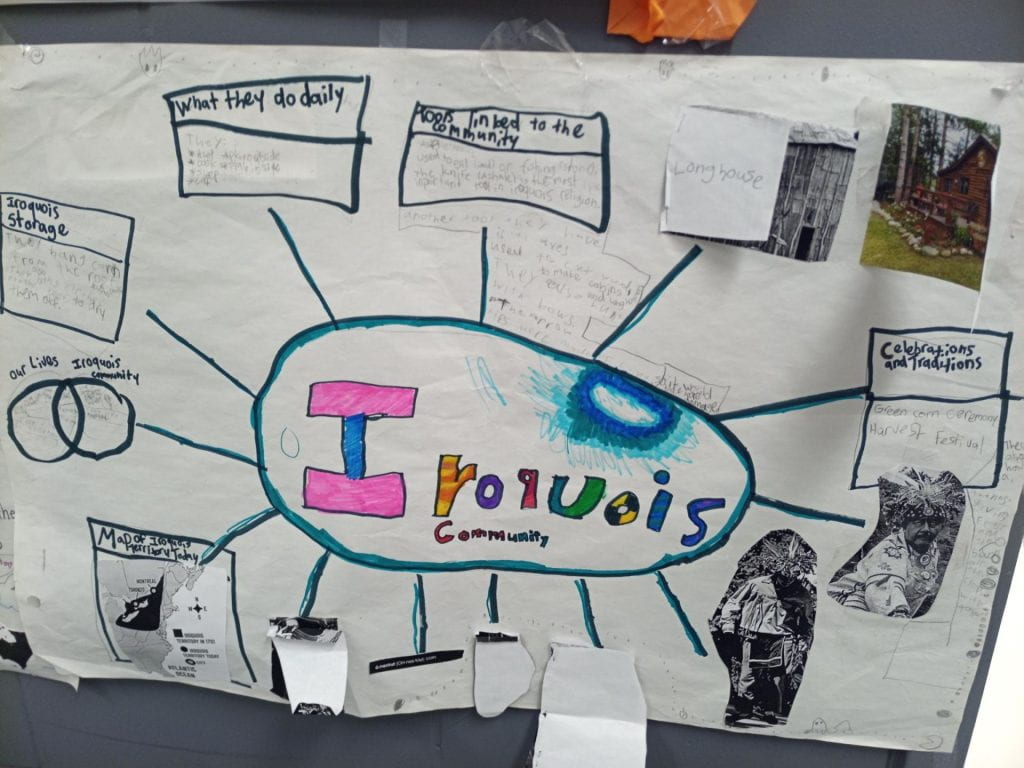Hey y’all! I’m gonna tell you ’bout the new unit. And because of the title, you already know. LEGENDS AND MYTHS!!!!!!!
So once I read too many legends, I began the creative side. I created a legend, with a wolf. Here it is:
About 1.2 billion years ago, Lake Superior was formed near a forest. In the process, a wolf’s home was destroyed. This wolf’s name was Temper, and this is why. Unlike you and me, this wolf lost his temper very quickly. Temper had grey-brown fur, and dazzling blue eyes. Temper’s home got flooded, and he got mad. He would snap at the bottom of any person’s feet, and drag them under. Before long, a smelly foul wolf came under water. They created a family, and that family grew, and grew, and grew. About 3 years later, a human came. He had clean, white skin, and a dark brown unibrow. He was 32, but he still wore silver armour, and bore a sword. He fought hard, but Temper was immortal. He protected his pups, though the man got to them. He slew all 13 pups, and the she-wolf. Now, Temper sits alone under the Lake Superior waters, sleeping. But when he awakens, and when he is hungry… You are a tasty treat. So now you know about Temper the wolf, and where all those children went. So if I were you, I wouldn’t swim in Lake Superior.
Here is the origin of Temper the wolf:
Temper the wolf was created 1.7 billion years ago, when some humans destroyed his home. But Temper was actually created by accident. Varuna, Hindu god of water, was attempting to make a new underwater animal, in his underwater palace, so vicious that kids would not swim in their territory. Varuna had blue eyes, a merman tail, and long, wavy, silver hair. It did turn out vicious, but not scary enough, so they abandoned it. Temper was sad to be left by his master, but he found a home. And Lake Superior was created.
I added pictures, and turned it into a book, which now sits in the OJCS library.
I unfortunately do not have the book right now, so I am unable to take pictures of it to show you.
Welp, thats it for my ridiculously long (x-tra short) blog post! Byyyyyyyeeeeeeeeeee!

